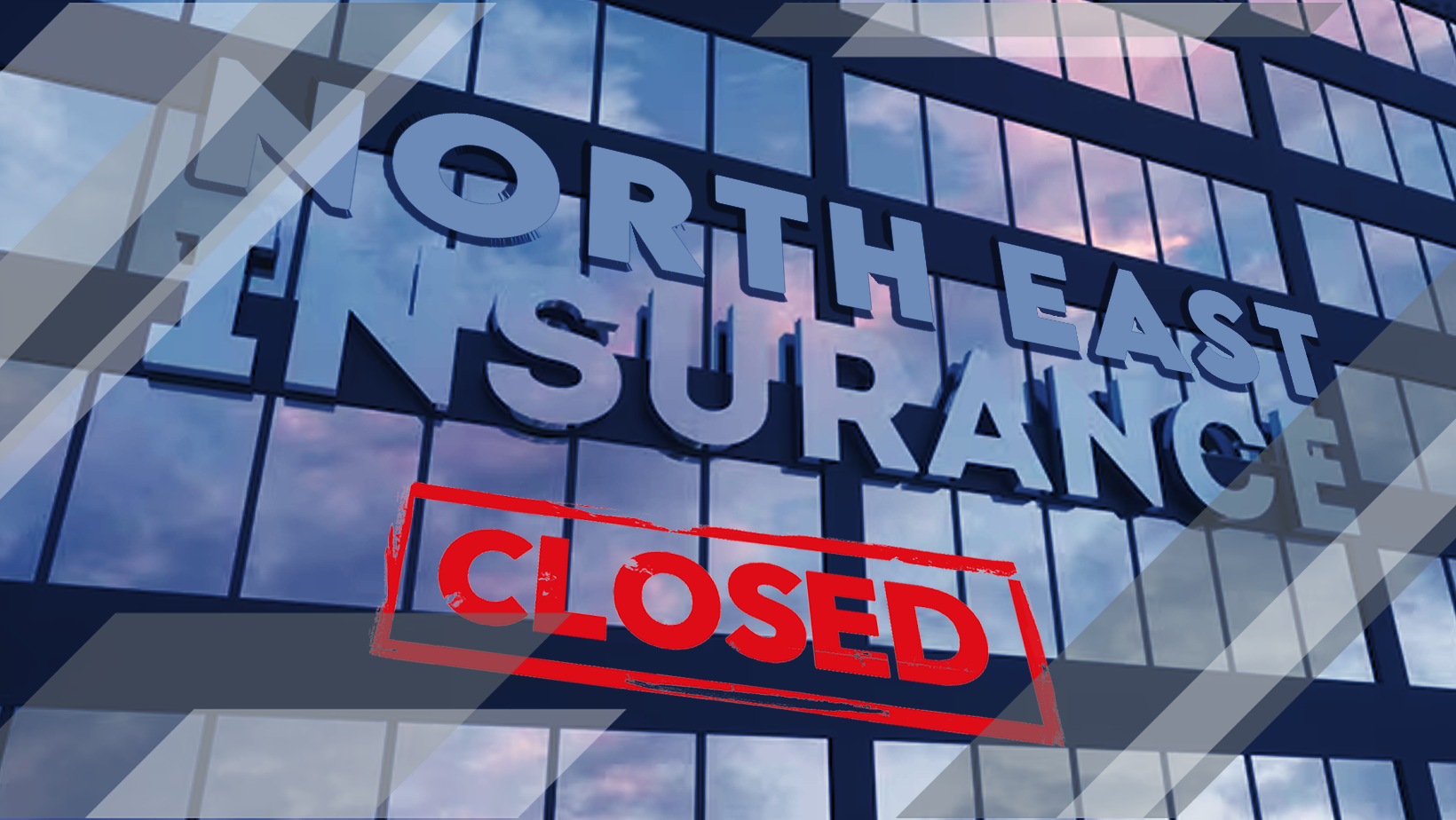Major insurance company shutting down after child sex abuse claims force bankruptcy

The collapse of Northeast Insurance Company (NIC) is a clear signal for insurers and risk managers: even entities designed to manage and control their exposures can be blindsided by emerging liabilities. For insurance industry professionals monitoring risk, reserving and regulatory dynamics, the story of NIC offers important take-aways.
What happened
NIC, a Bermuda-based insurer formed in 1975, served as a captive insurer for several New York hospitals and affiliated institutions. It provided medical malpractice, general liability and other coverage to shareholder hospitals, camps, nursing homes and other institutions.
In December 2017, NIC ceased writing new policies and moved into “run-off” mode, winding down its business and focusing on existing liabilities.
In 2019, New York passed the Child Victims Act (CVA), significantly expanding the statute of limitations for civil claims of childhood sexual abuse—allowing survivors to file claims until age 55.
Following the CVA’s enactment, NIC found itself facing dozens of historical abuse claims—many tied back 30 or 40 years—under its old policies. By June 2025 facing more than 30 CVA claims; by August the number had grown to 53 or 55.
These claims created pressure on NIC’s reserves and balance sheet: the loss and loss-expense reserves nearly doubled—from about US$15.7 million to US$29.1 million—yet the company determined it could not meet all anticipated settlement payments and was insolvent on both cash flow and balance sheet basis.
On October 7 2025 NIC’s board petitioned the Bermuda Supreme Court for winding‐up; on October 15 it filed a Chapter 15 petition in the U.S. Bankruptcy Court (Southern District of New York) seeking recognition of the Bermuda liquidation and relief from U.S. claims.
Risk-Management Lessons for Insurers
1. Emerging legal risks can overwhelm reserves. NIC’s reserve base was adequate for known exposures at the time it moved into run-off, but the CVA created a latent exposure that was “unforeseeable” and therefore not funded. As one court document notes:
“The CVA claims were unforeseeable at the time of cessation of writing new policies and therefore no corresponding reserves were funded at that time.” — Mark Allitt, Joint Provisional Liquidator
2. Run-off status does not remove risk of new legal exposure. Even after stopping new underwriting, the insurer remained exposed to claims under old policies. These exposures can still emerge years later, particularly where legislative changes (like the CVA) expand claimant rights.
3. Beware of horizontal accumulation of liabilities. NIC’s filings noted the CVA allocates exposure “over the years that the abuse is alleged to have happened, as opposed to one single year,” meaning the insurer is exposed across multiple policy years.
4. Captives and affiliated insurers must monitor affiliated-entity risk. NIC was captive for hospitals and nonprofits affiliated with the UJA/Federation of Jewish Philanthropies and major New York hospitals. Affiliates whose exposures change (through legislation, reputational risk or new claim frameworks) can create downstream risk for the insurer.
5. Global insolvency framework adds complexity. NIC’s liquidation in Bermuda and recognition proceedings under U.S. Chapter 15 require careful coordination of regulators, courts and creditor interest across jurisdictions. That global complexity can add cost, delay and uncertainty for insolvency outcomes.
Implications for the Broader Insurance Industry
For traditional insurers, reinsurers and captives alike, the NIC scenario reminds us that what looks like a stable run-off book may still carry tail risk. The evolving legal and regulatory environment means assumptions made five to ten years ago may no longer hold.
Consider the following factors:
-
Reserving adequacy: Are reserves still sufficient given changes in claimant rights, statutes of limitations, regulatory enforcement or social inflation?
-
Policy wording legacy risk: Older policies may have ambiguous or broad exposures, especially for long-tail liabilities (abuse claims, environmental, cyber).
-
Captive structure governance: Captives owned by non-profit or affiliated institutions may create dependency between the insurer and the parent exposures — a risk to both sides.
-
Jurisdictional risk: Insurers domiciled offshore (or with cross-border exposures) may face complexity in liquidation or recognition if insolvent.
-
Emerging exposures: The CVA is one example, but insurers should consider other latent claim pools—such as sexual harassment, childhood injury, historic environmental harm, or long-tail product liability.
Below is a summary view in tabular form of NIC’s key metrics and timeline:
| Metric / Event | Details |
|---|---|
| Years of operation | Incorporated 1975 |
| Year underwriting new policies ceased | 2017 |
| Triggering legislation | New York Child Victims Act (2019) |
| Number of CVA claims by August 2025 | ~53–55 |
| Increase in loss & loss-expense reserves | US$ 15.7 m → US$ 29.1 m |
| Insolvency determination | Insolvent on both cash-flow and balance‐sheet basis |
| Liquidation filings | Bermuda winding up Oct 7; U.S. Chapter 15 petition Oct 15 |
Final Thoughts
The collapse of Northeast Insurance serves as a cautionary tale that even closely-managed insurers, particularly captives or affiliated vehicles, can be derailed by a “once-in-a-generation” legal shift. While one might say “we don’t write new policies” or “we’re just in run-off,” the reality is regulatory or legal changes can unlock decades-old exposures with financial consequences.
For those of us in the insurance sector, the key takeaway is to stay vigilant about the long tail: model for accumulating exposures, freeze-test reserve adequacy in light of changing laws, keep policyholders and affiliates under review, and ensure that cross-border and run-off processes are robust. In short: run-off isn’t runoff until you’ve truly wound-off the risk.
“Even after underwriting stops, the risk hasn’t stopped—latent exposure can still bite.” — Industry risk consultant (name withheld)
By integrating these lessons now, insurers can fortify themselves against the next wave of latent liability shocks.

